Before installing the seismometer in the ground, a housing must be prepared. Here a small waterproof case with a transparent roof was used. The transparent roof is fixed with 4 stainless steel screws.
The housing requires some holes for cable glands, geophone clamp screws, and screws that secure the housing to a spike. All holes were drilled with a CNC milling machine.
A spacer has also been milled which is used to provide some clearance between the housing and spike and to adjust the horizontal position of the housing with a few small washers.
A clamp for fixing the geophone was also milled.
For the inputs of the power cable and the network cable, watertight cable glands were used at the bottom of the casing to prevent water from entering the inside of the housing.
The Raspberry Pi is fixed with a few small spacers, one spacer is screwed into an existing thread on the bottom of the housing.
Finally, a small water scale is glued to the bottom of the casing in order to check the horizontal position.

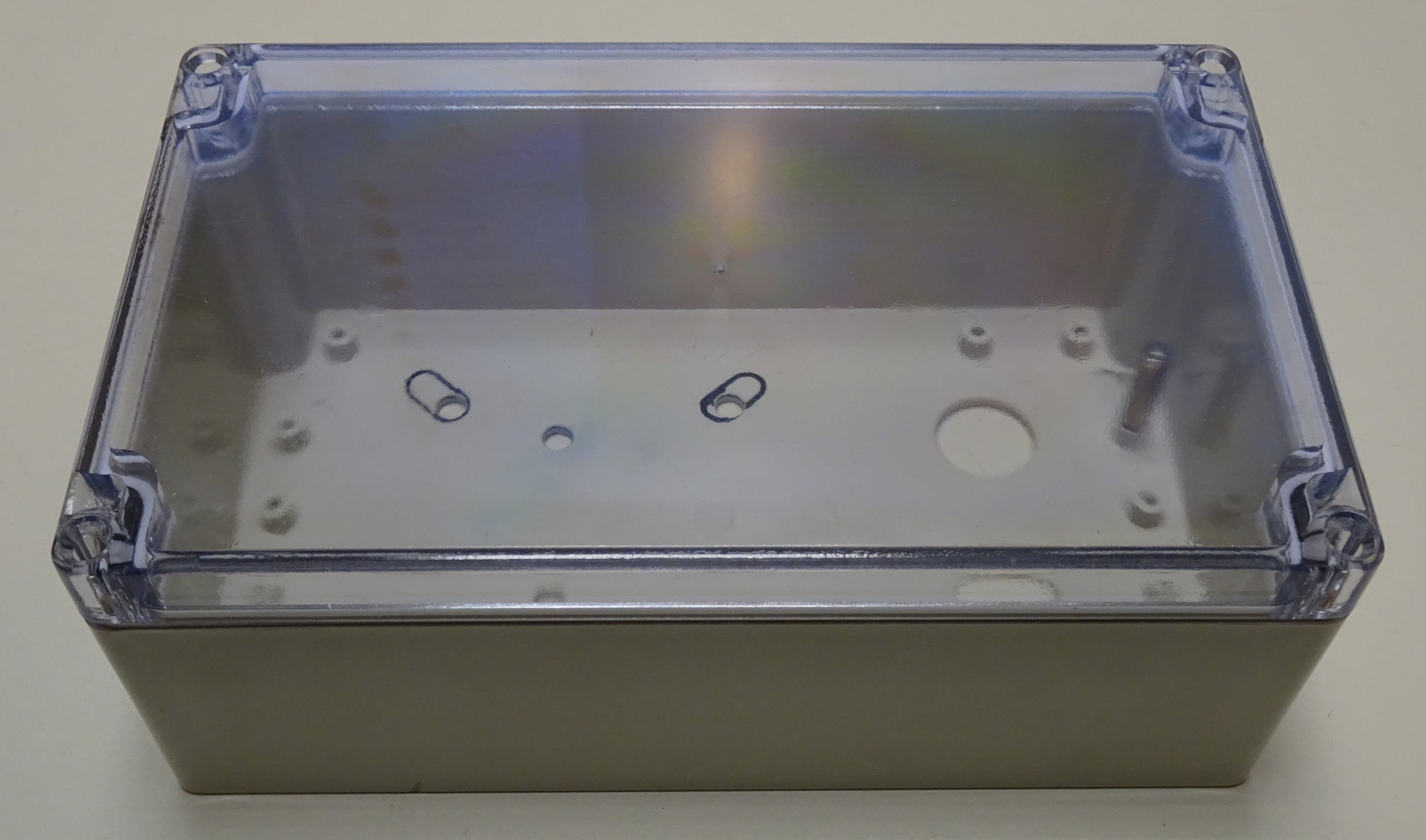

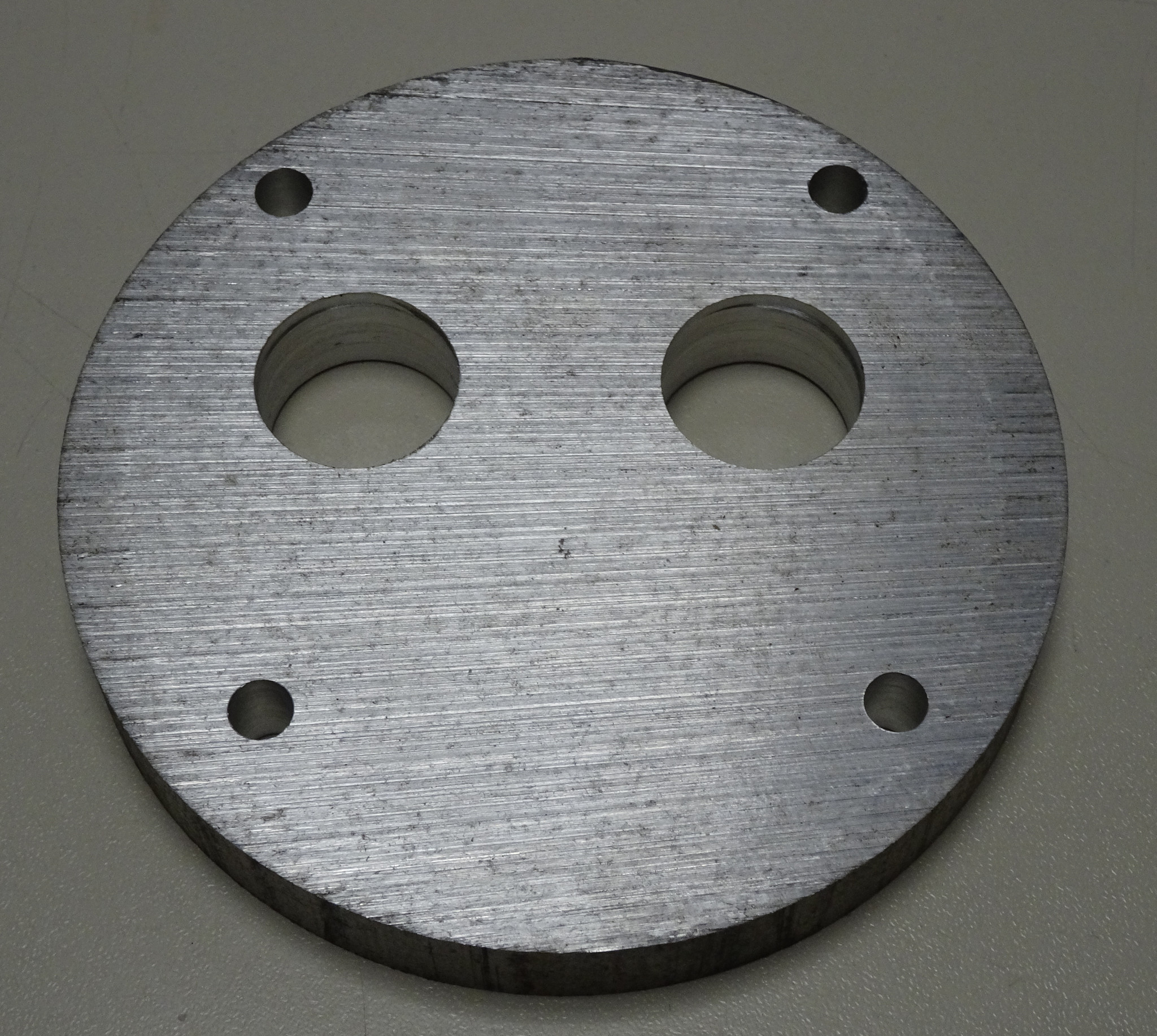
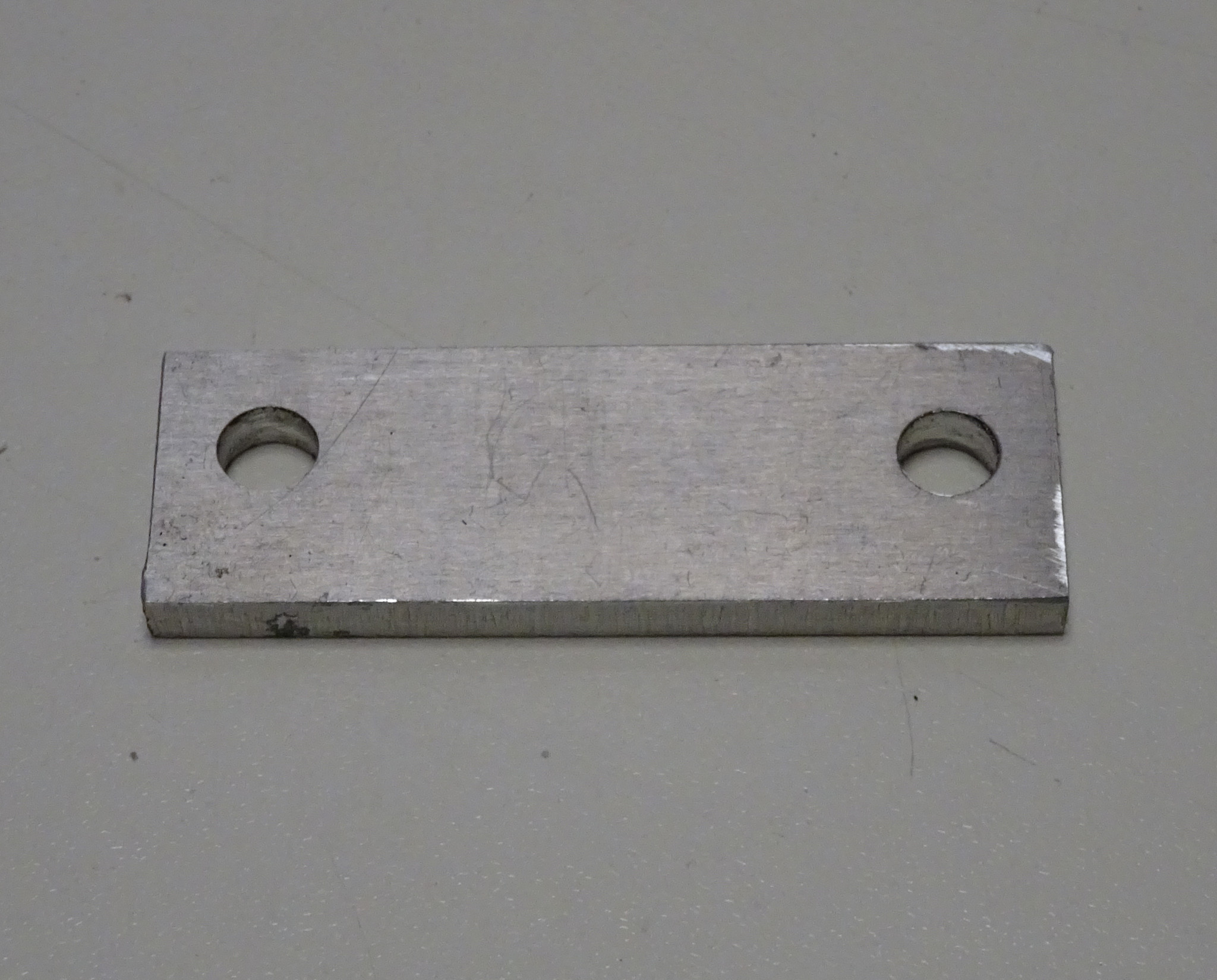
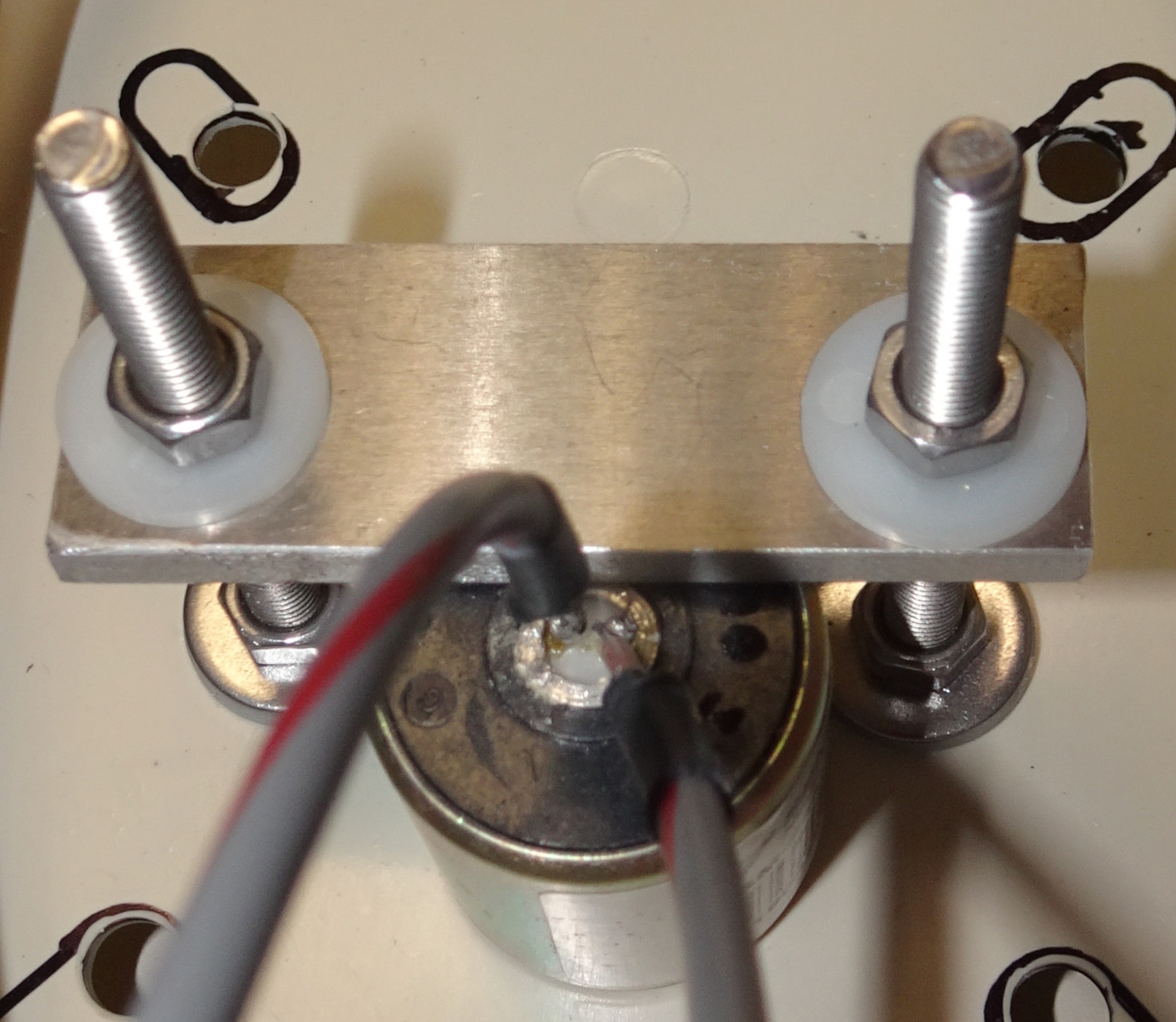
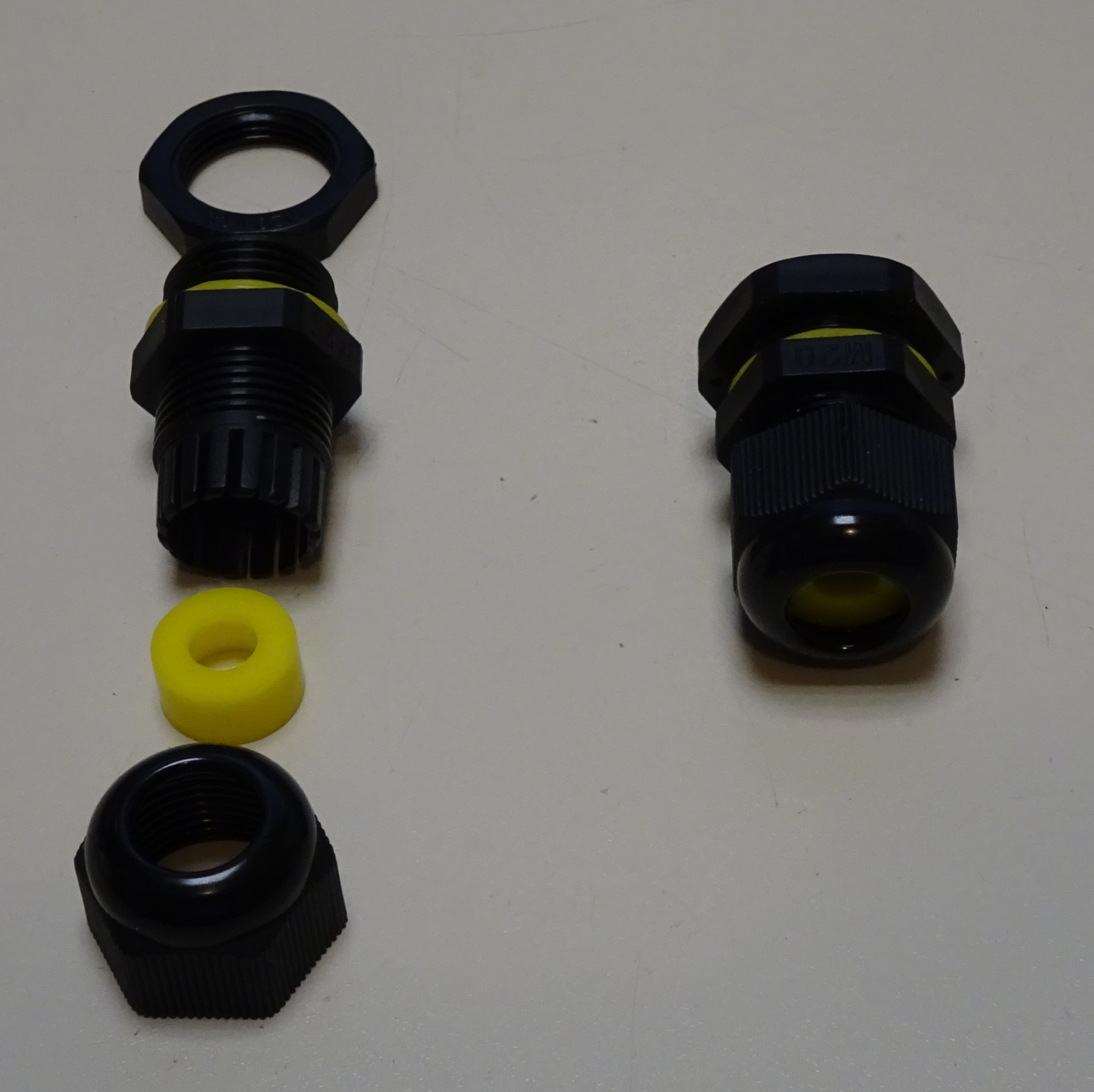
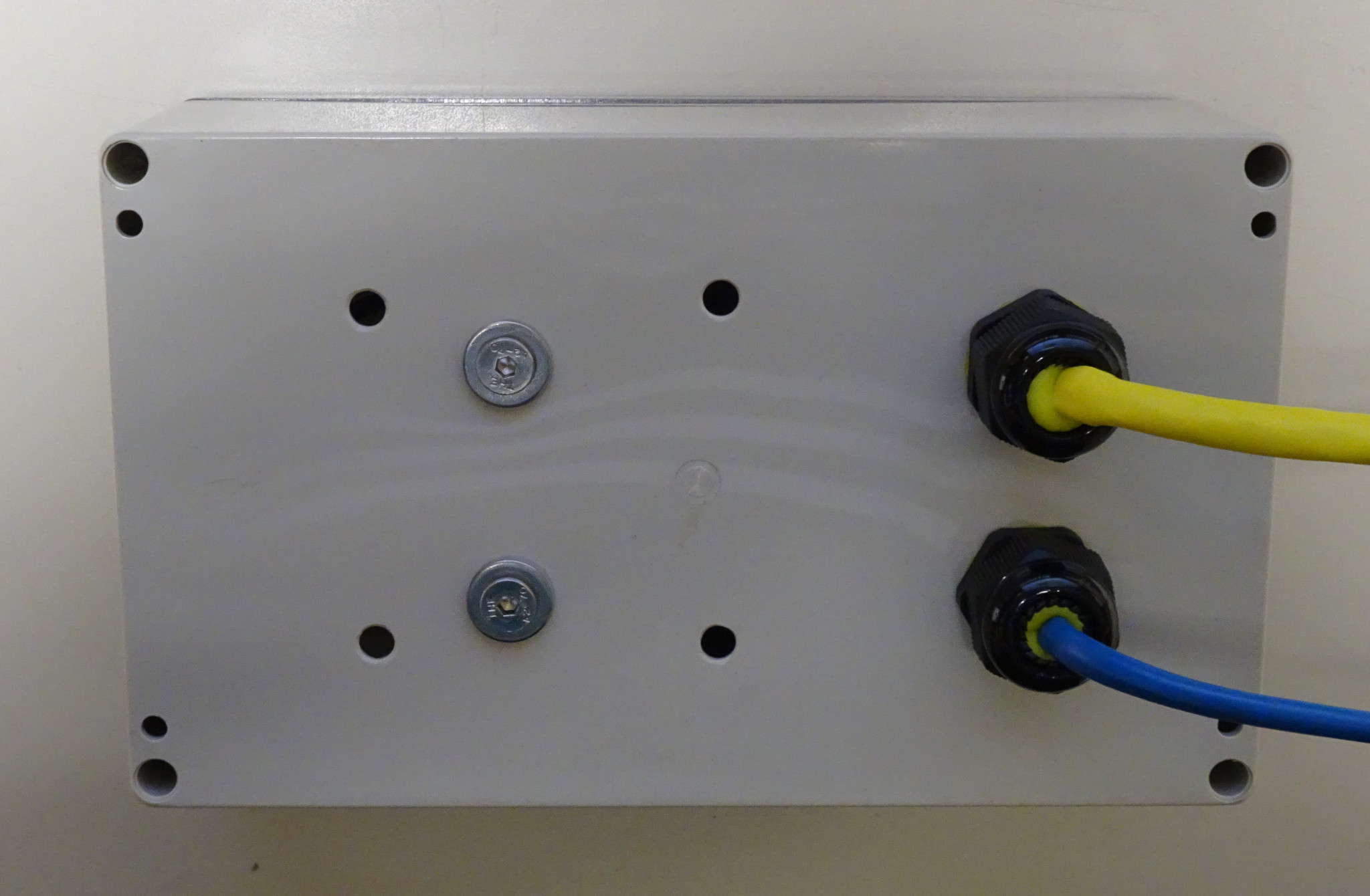
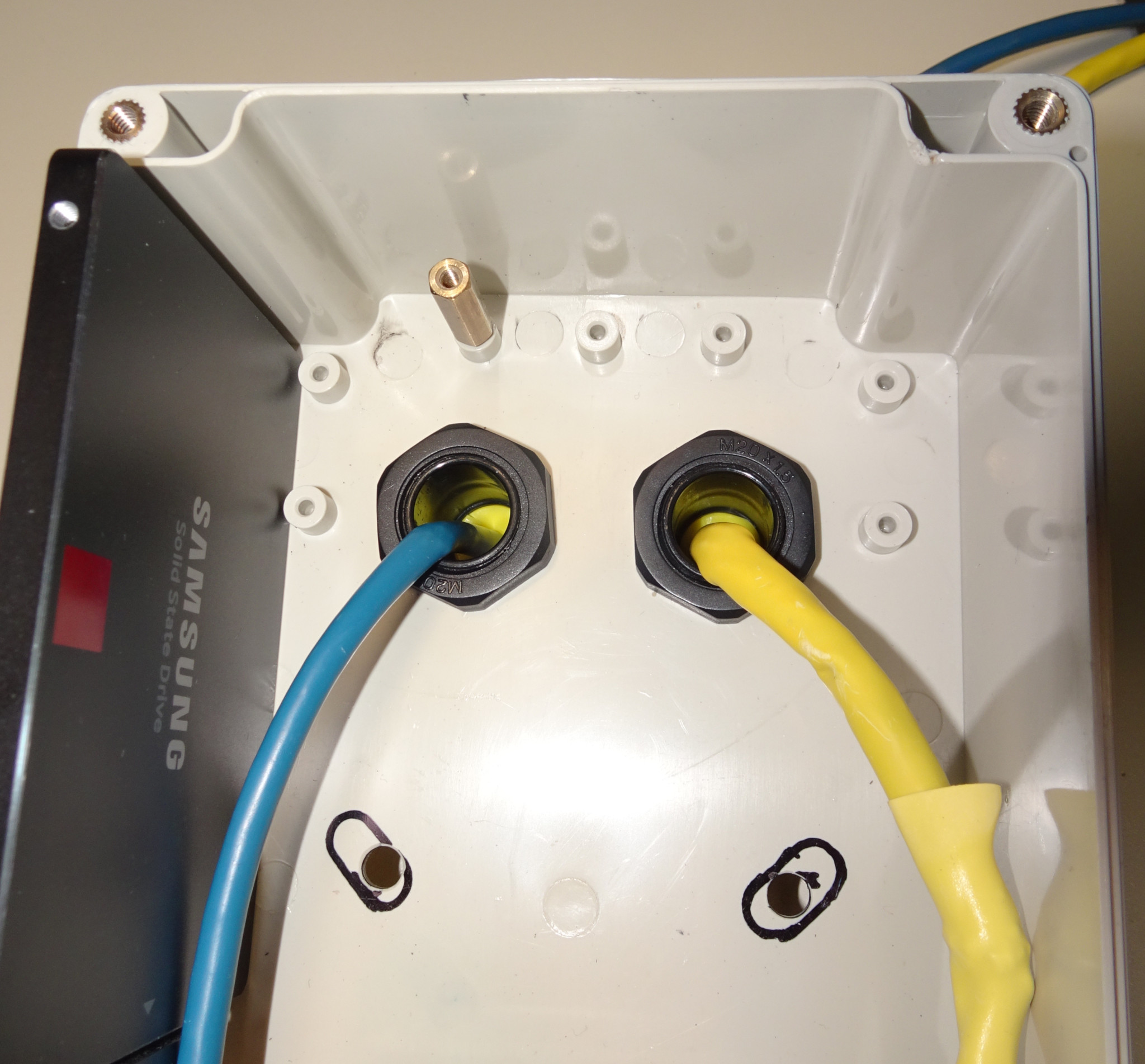
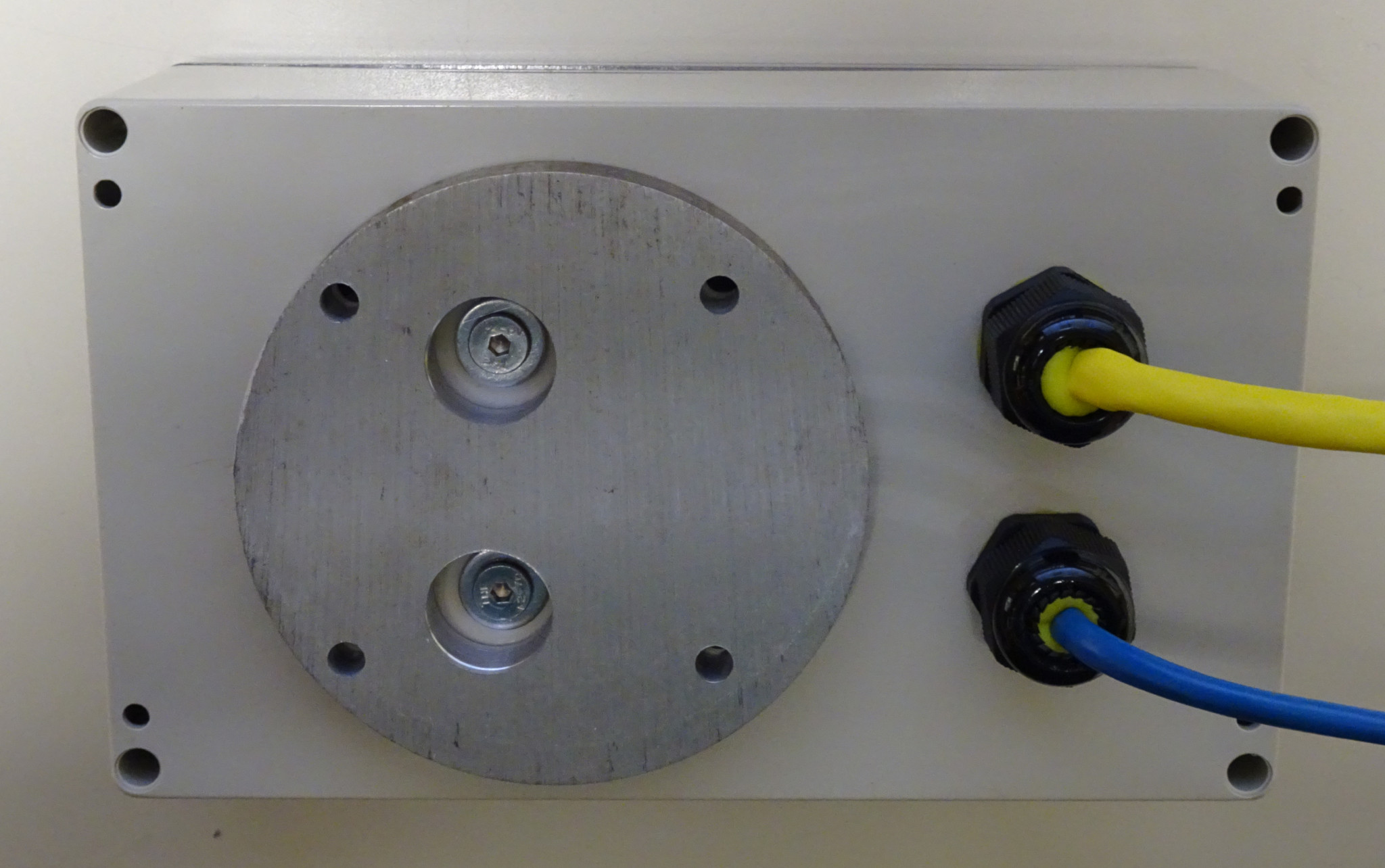
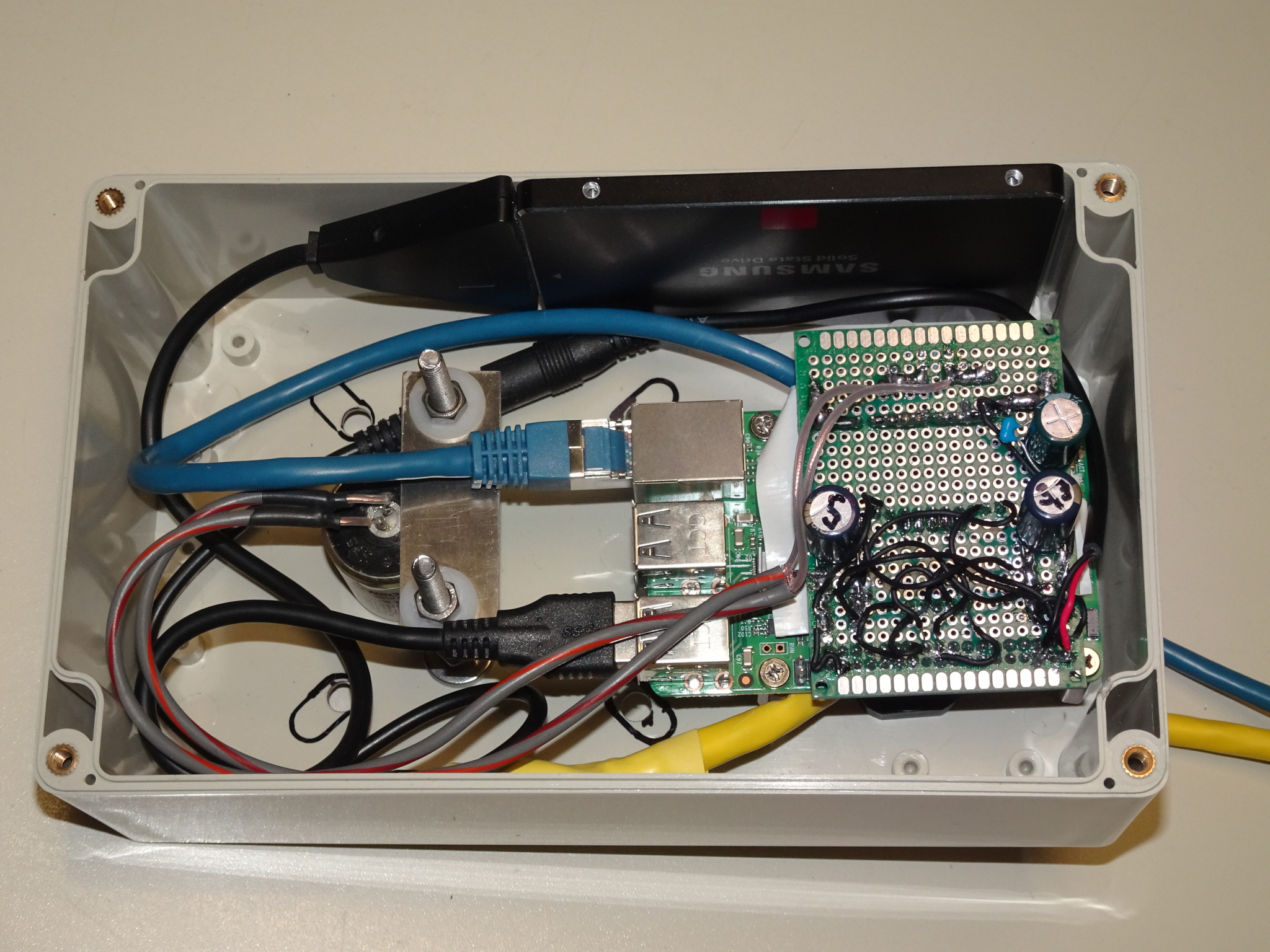


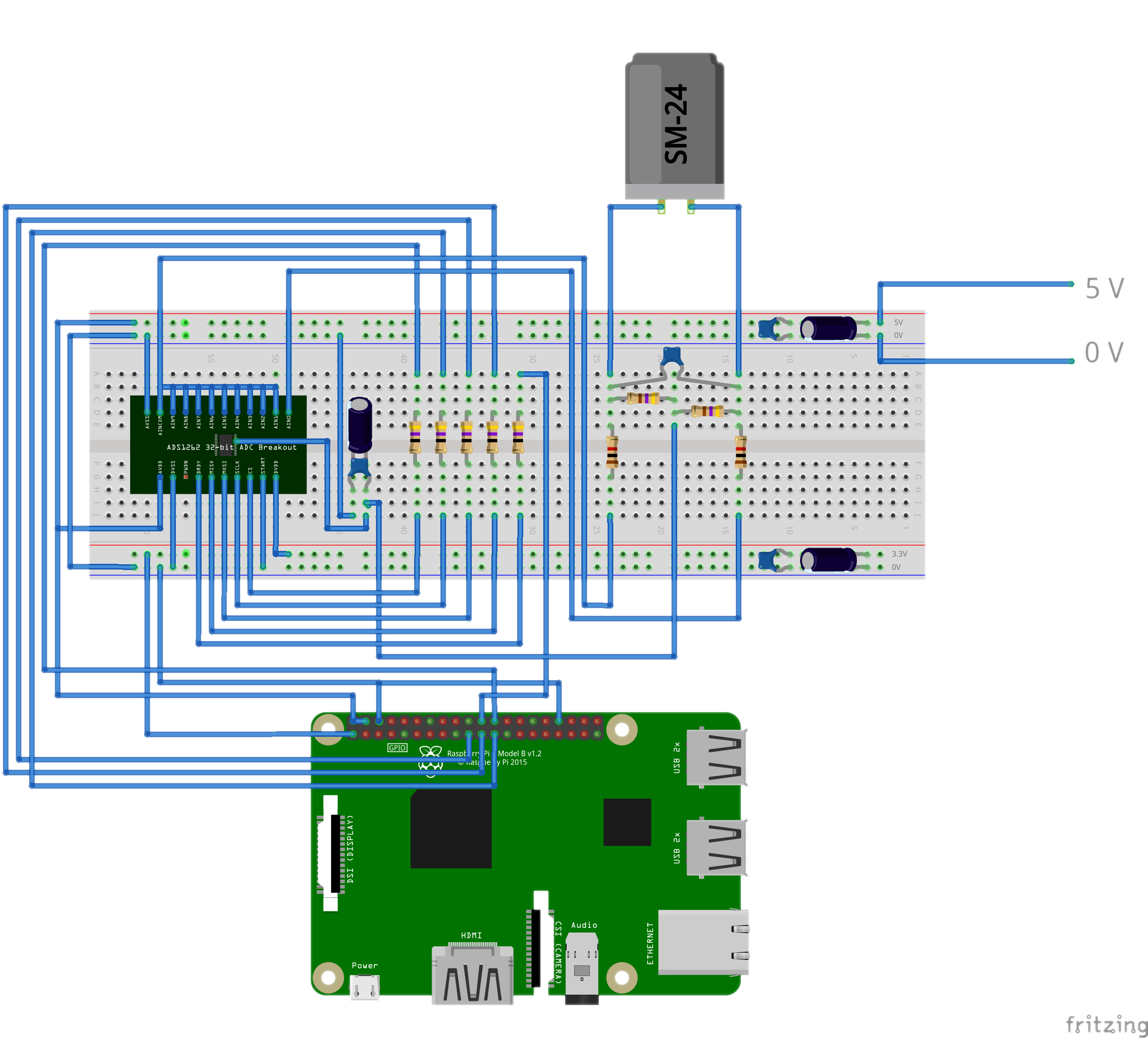
Leave a Reply
You must be logged in to post a comment.